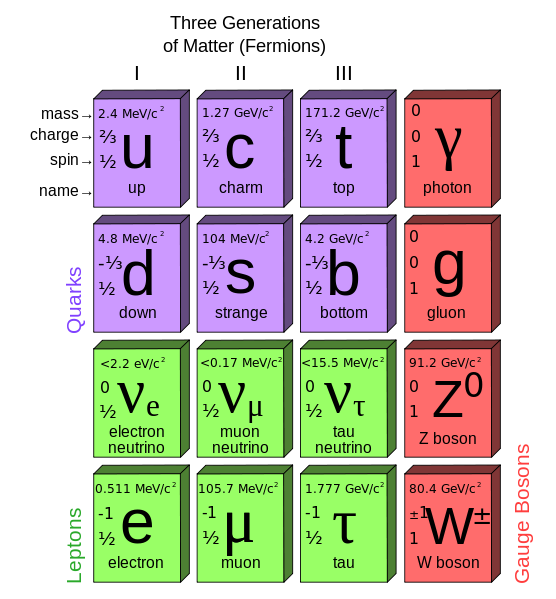Post comments here with any questions, comments, concerns, or otherwise involving this meeting. Discussion is encouraged, and how we learn more about the universe. Here are the notes on the subject, to remind you of what was gone over (or was supposed to have been).
Cosmology
Elementary Particles/Nucleosynthesis

Expansion
Dark Energy/Dark Matter
Endings
Galaxies
Formation
Quantum effects when the universe was small lead to irregularties in the distribution of matter and energy in the cosmos. These irregularities, through gravitational interaction amongst themselves, coalesce into galaxies.
Types
Spiral/Bar Galaxies
Have the most star formation.
Irregular Galaxies
Totally depends
Elliptical Galaxies
Oldest galaxies, usually the result of collisions between spiral/bar galaxies.
Dark matter
Most of the matter in a galaxy is invisible to our instruments, only detectable by its influence.
Stars
Stellar Evolution
Nucleosynthesis
Fusion, gravitational force of star’s mass overcome electromagnetic force of star’s electrons, forcing atomic nuclei together, fusing them.
Main Sequence
Stellar Classes
O, B, A, F, G, K, M, going from largest to smallest, and hottest to coolest.
O = ultraviolet, burn hydrogen very quickly, strong He, Si, O, N, C lines. 1/3,000,000, millions of times more powerful than sun.
B = blue, He, H, Mg, Si lines, 1/800
A = white, strong H lines, Fe, Mg, Si, Ca lines, 1/160, common in night sky
F = white/yellow, H and ionized metal lines (Ca). 1/33
G = yellow, like our sun. weak H lines, strong Ca lines. 1/16.
K = orange, almost no hydrogen, mostly metals. 1/8. Giants-dwarves.
M = red, no hydrogen. Most common main sequence stars. Red Giants.
Giants
Towards the end of their lives, stars will have burned most of their hydrogen and they will begin to collapse. At a certain pressure and temperature, the star will begin to fuse Helium, thus preventing further collapse. Helium only provides about a tenth of the energy of normal
Dwarfs
Endings
Supernova/Hypernova - multiple types:
Type 1a: A white dwarf that accretes enough matter onto its surface that it exceeds the Chandrasekhar limit, or about 1.38 solar masses, and the white dwarf starts to collapse. This ignites carbon fusion in the white dwarf, which releases large amounts of energy, and it increases the luminosity of the white dwarf by a factor of billions.
Type 1b: Large stars that have shed most of their outer layers of hydrogen and their cores collapse, producing a supernova.
Type 1c: Same as 1b, except that it doesn’t show helium spectra either.
Type II: Traditional supernova. Large star, generally above 8 solar masses, finally runs out of fusion fuel, and its core catastrophically collapses into a neutron star or a black hole. This collapse stops very suddenly when the neutron star forms, causing massive rebound and supernova.
Pair-Instability: 130 solar masses to 250 solar masses, the gamma rays produced by the star are so energetic that when they interact with nuclei, they condense into a positron and an electron. This reduces the expansionary pressure, which causes the outer layers of the star to collapse, which makes even more energetic gamma rays, which results in more pair production, and the cycle continues until the entire star is blown apart, leaving nothing left.
Planets
Formation
Accretion of the Gas Disk around a star.
Types of planets
Terrestrial planets
Composition
silicon, oxygen, iron/nickel.
Jovian planets
Composition
hydrogen, helium, water, ammonia, hydocarbons
Stellar Evolution
Big Bang
Nebulae
Main Sequence
Proto Stars
Nucleosynthesis
Galactic formation
Death of Stars
Supernova
Dwarves:
White Dwarves
Black Dwarves
Black holes
Neutron Stars
End of the Universe.